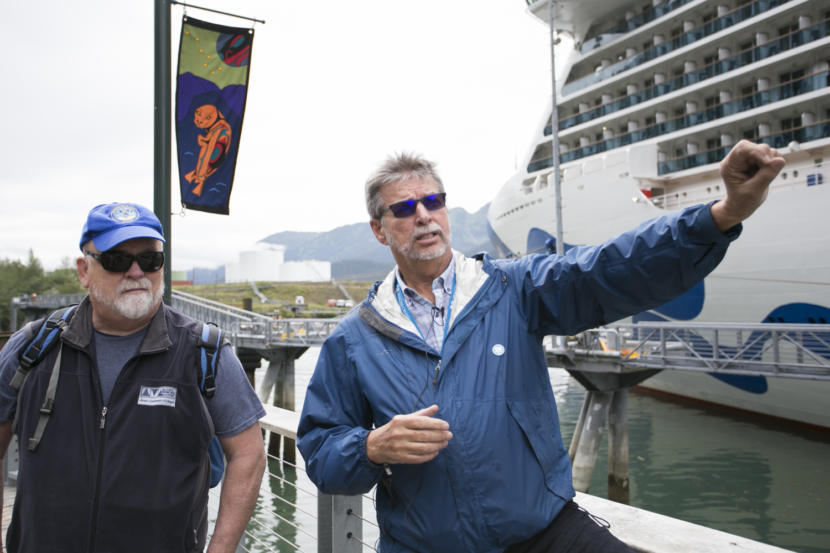
This story was adapted from an episode of KTOO’s podcast “Cruise Town,” which is out now. You can listen and subscribe to the podcast here.
In downtown Juneau’s Marine Park this summer, I met a visitor with a big smile and a bigger personality. She introduced herself like this: “My name is Marilyn, Marvelous Marilyn. And I am on the Star Princess (cruise ship).”
I asked her to guess what she paid the City and Borough of Juneau through her trip in taxes just for visiting.
“In taxes? Let’s see … it would only be a guess, but I would say, one third of my taxes because they’re taking us to three places. So, um, I paid $3,000 for my cruise. And uh, I guess a thousand of it was taxes?”
She paid Juneau a lot less than that, about $13 through three similar, but separate passenger fees, or head taxes. The city collects one for $3 a passenger, and one for $5 a passenger. And the state collects another one for $34.50 a passenger. Marvelous Marilyn was right that the state tax would be divvied up across the ports she visited on her cruise. Juneau’s cut from the state tax is typically $5 per passenger.
The city’s $5 cruise ship passenger head tax came first, back in 2000. Since then, 20 years of city finance documents show that Juneau has racked up north of $170 million total in cruise ship passenger head taxes.
Between those passenger taxes and city sales taxes, the City and Borough of Juneau collects enough in the five-month cruise ship season from passengers to pay each permanent resident over $700. It doesn’t. So where does it all go?
Because of federal laws, litigation and the courts’ interpretation of a 230-year-old clause of the U.S. Constitution, that money is only supposed to be spent on things that directly benefit the ships. And yet, about $55 million of it has paid for public services to help manage the crowds.
Like the visitor center on the waterfront, where volunteers answer visitors’ questions and hand out maps. About $2.2 million has gone to the nonprofit that runs the center and other visitor information desks around town.
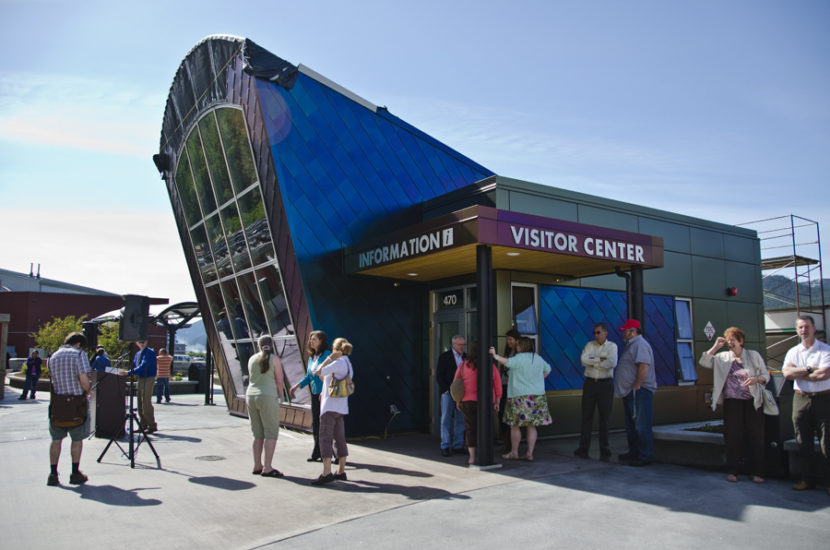
Another $2.2 million has paid for summer crossing guards like Julia Greenhalgh.
“I get a lot of questions on, ‘Where is the washroom?’ The ‘washroom’ is the restroom,” she said with a chuckle. “Always get confused ‘cause I thought it was the wash — like, the coin laundry.”
And how about those public “washrooms?” Another $1.1 million for extra seasonal cleaning.
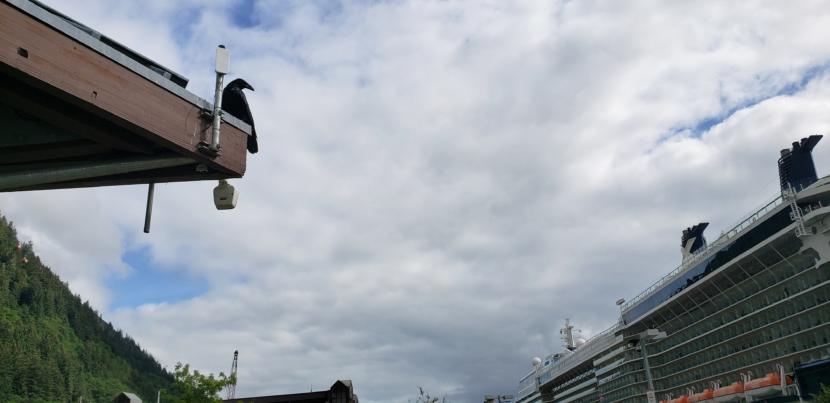
Near some of the public bathrooms are free public phones. They’ve cost $69,000 to run over the past 6 years.
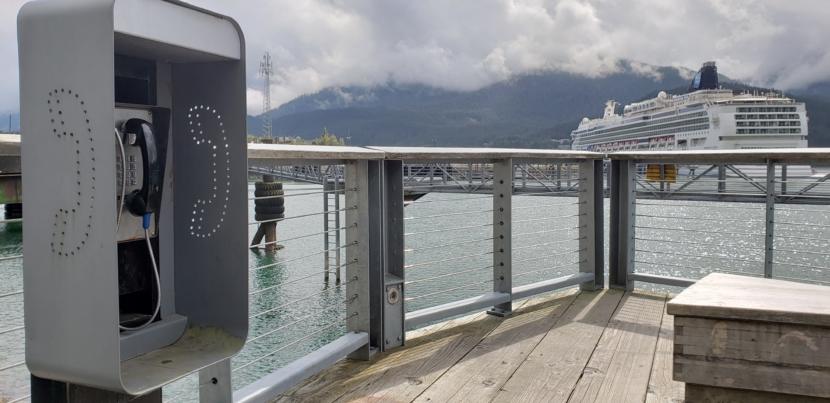
Locals are probably familiar with the sight — and sound — of floatplanes coming and going downtown. They take visitors flightseeing and to remote lodges, and they used to be louder. The city spent $75,000 on noise abatement and flightseeing mediation.
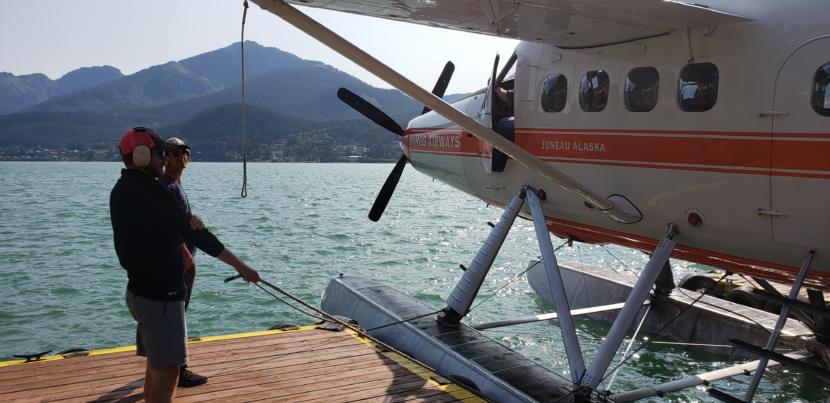
With all the extra people in town, police officers like Jim Quinto help keep the peace. The city spent $1.5 million in head taxes on downtown foot and bike patrols.
The list goes on and on, and seems to touch everything in Juneau, even this organization. KTOO got hired in 2003 with $15,000 in cruise ship head taxes to produce an outdoors safety video featuring locals acting out what can go wrong on hikes.
But the short answer for where the head tax money has gone is the Juneau Seawalk, the city’s waterfront boardwalk. More than $100 million has gone right back into the big-ticket waterfront infrastructure serving the cruise ships.
Capt. Inger Thorhauge runs Cunard’s Queen Elizabeth, which made its first ever port call in Juneau in May. It wasn’t Thorhauge’s first time in Alaska. She said she’d been here about 15 years ago, working on much smaller ships, before most of this infrastructure was built.
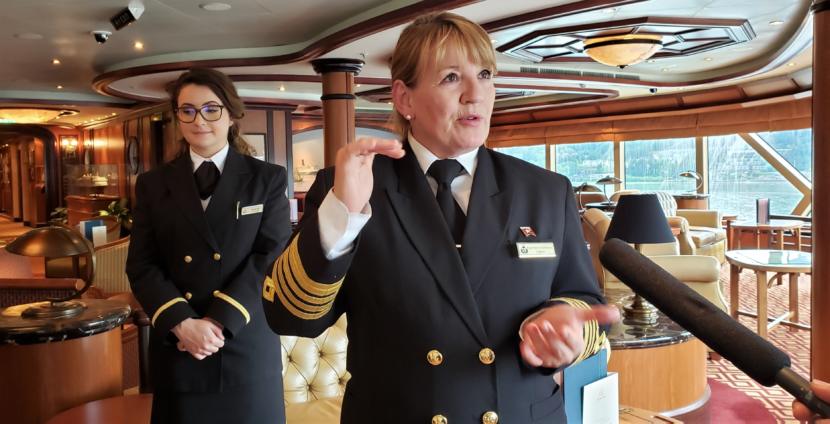
“So with the height of the docks, and with the tides and all these things, at that time, we didn’t have these beautiful floating docks as you have now,” she said.
Beautiful, city-owned, visitor-funded floating docks that move up and down with the tide. Locals didn’t come up with the $54 million it cost to reconfigure and build what are basically two huge cruise ship parking spaces.
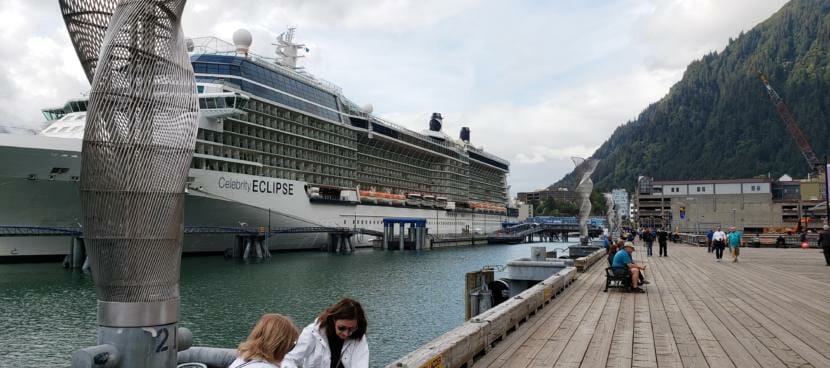
The tide here can rise or fall 20 feet or more, so fixed docks can be a real headache.
Head taxes aside, the city has another thing going for it. Collectively, cruise ship visitors this season paid the city another estimated $11 million in sales taxes. Unlike the head taxes, there are no strings attached to that money. It’ll be spent on schools and firefighters and building inspectors — all the stuff local governments do everywhere.
The visitor industry is Juneau’s biggest private sector employer. Its total payroll is a close second to the mining industry. Which is to say, economically speaking, cruise ships are gold mines. Except this gold floats, comes to us, and will probably never run out.
